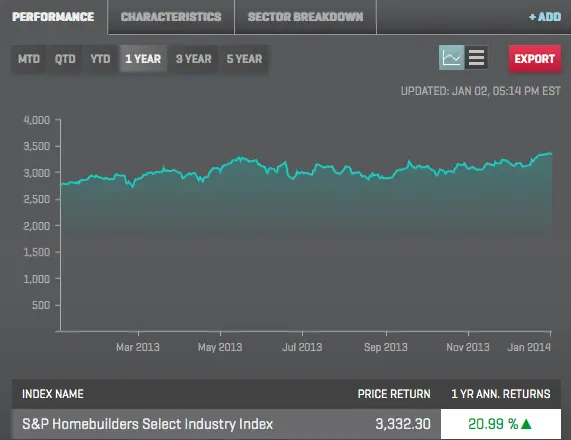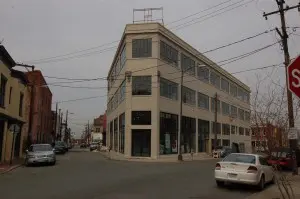2013 was ________ (amazing, as expected, good, bad, awful, medium, depressing, record-breaking, thankfully behind us, the year it got better, other)…I have heard them all.
As with almost everything in life, it all depends on your perspective. But since I am writing this on January 3, 2014, I feel as if I need to offer a prediction.
So what will 2014 bring? Lets take a look at the factors which may give us an idea.

January of 2013 began with 30 year money in the mid-3% range. They stayed there until the spring when they began their gradual climb to their current levels in the mid 4’s. We enter this January with 30 year money at about 4.5% and more significantly, there was not a huge jump when the Fed announced that they would began to curtail their buydown of rates (think QE 1, 2 and 3). That is also a good thing as the market is still a bit fragile and shocks don’t go over well.
Most pundits are predicting a relatively flat year with more upwards pressure than downwards pressure. However, these markets are subject to rapid change and with the Fed no longer throwing money at the problem, the artificial tonic keeping rates down is now gone and the market will rule. While there could be an occasional dip in rates, rates above 5% (or maybe even 6%) are soon to be the new normal and the days of 4% 30 year money will be something we tell our grandchildren.
It should also be noted that more and more of the leverage in the market (which was no where to be found in 08-12) has returned. Lenders have slowly taken a more aggressive stance towards ‘loan to values’ meaning less equity is required to purchase.
The return of leverage is a key to creation of buyers and more buyers means more pressure on inventory.
Inventory
While the official numbers for December are not in yet, they will be very similar (the chart below will auto-refresh to the most recent data but at the time this piece was written, November inventory numbers were the last update.) In November of 2012 and November of 2013, the inventory count of available properties (in the Richmond region) was almost even, showing that slightly above 5,000 homes available ‘For Sale.’ While similar to a year earlier, this does not really tell the whole story. In 2013, the inventory count barely rose as the demand for housing exceeded the previous year’s demand significantly. For the most part, inventory levels in 2013 were at a multi-decade low and 50% below the peaks of 2009.
If demand is similar or exceeds the levels of last spring, inventory shortages will be even more extreme and the accompanying conditions (short marketing times, multiple offers) will be even more prevalent than in spring of ’13. These conditions came as a shock to much of the buying public and caused many to miss out on opportunities.
It should be noted that leading edge web traffic counts are currently trending anywhere from 12-18% above this time last year.
Other Indexes
The Dow began ’13 at 13,000…it begins ’14 closer to 16,500.
The NASDAQ began ’13 just over 3,000…it begins ’14 just over 4,000. As a matter of a fact, in 2007, the NASDAQ topped out at just under 3,000…meaning the market is already back above where it was before the crash.
While it is simplistic (and dangerous) to draw too many conclusions about housing demand from stock indexes, it does indicate an expectation by Wall Street that the country’s economy is in a better condition than a year ago. As confidence increases, people feel more and more comfortable with making commitments.

In 2013, it rose by 20%, indicating that Wall Street felt pretty good about owning the stocks of the national home builders. These feelings are primarily due to the historically low inventory levels and the fact that lot production has dropped even more significantly than the production of new homes. Lot production will be one of the next issues the market will have to address as the lead time on a new lot is 12-18 months.
Summary
Overall, the pressures on housing are largely (and strongly) positive with historically low rates and tight inventory.
While the interest rates have risen, compared to historical norms, they are still ridiculously low. Almost all of the national economic predictions are indicating a 5% increase in house prices. When you look at the conditions locally, it could be even greater as the supply of housing is restricted by factors that do not exist in many other markets. Those who wish to enter the market in 2014 need to be cognizant of the fact that selection, especially in mature or fixed areas will be low and any opportunity to purchase a quality home should be taken very seriously.











